History of Kalinga
The name "Kalingga" is believed to have been derived from the Ibanag word "kalinga" and the Gaddang word "kalinga", both meaning headhunters. The Spaniards picked up the term because of their headhunting tradition, and the Americans followed suit. The Kalingas have numerous songs, such as the salidummay, the dong-dong-ay, the oggayam, the ading, the wasani, the paliwat, the owawi, and the dandanag. But its enduring and distinct rite is the "Bodong" that has become an institution for peace up to this day. Kalinga is classified according to bodong-holding groups or ili, or sub-tribes, namely the Tinglayans, the Lubuagans, the Tanudans, the Pasils, the Balbalans, the Pinukpuks, and the Tabuks. (Source: Igorot, the Cordillera Schools Group.)
The Province of Kalinga, is a landlocked province of the Philippines in the Cordillera Administrative Region in Luzon. Its capital is Tabuk and borders Mountain Province to the south, Abra to the west, Isabela to the east, Cagayan to the northeast, and Apayao to the north. Prior to 1995, Kalinga and Apayao used to be a single province named Kalinga-Apayao, until they were split into two to better service the needs of individual native tribes in the provinces.
There are many sub tribes in the province. The strong sense of tribal membership and filial loyalty results in frequent tribal unrest and occasional outright war. Due to the mountainous terrain and warrior-culture of the people, the Kalingas were able to maintain their culture despite the attempted occupation of the Spaniards, Japanese, and Americans. Unknown to many, the last stand of President Emilio Aguinaldo, the first president of the Philippines was in this province, in Lubuagan, which he proclaimed the national capital , and where the Aguinaldo Museum commemorates him and those events.
The Kalinga people are the most extensive rice farmers of the Cordillera peoples, having been blessed with some of the most suitable land for both wet and dry rice farming. Like the Ifugaos, the Kalingas are one of the extensive terrace builders in the country. The Kalingas are also skilled potters with pot making concentrated in the lower Chico River Valley. They are also excellent in basketry, loom weaving and metal works.
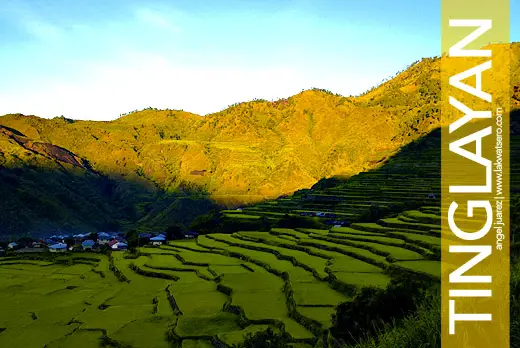
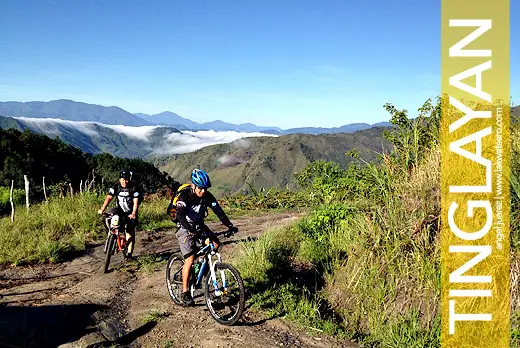
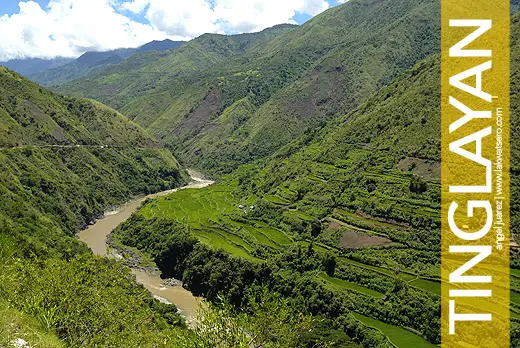
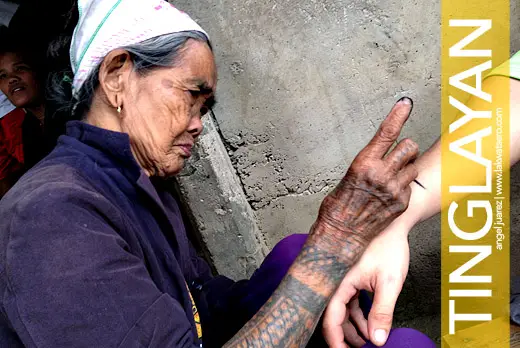
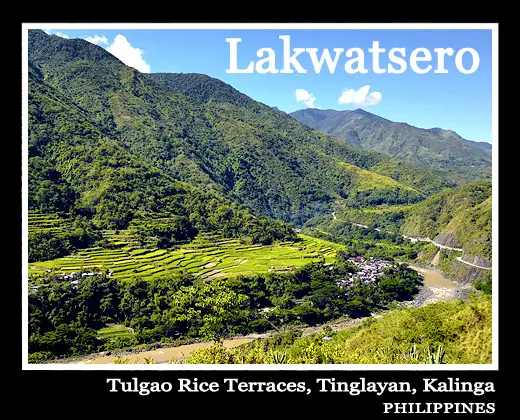
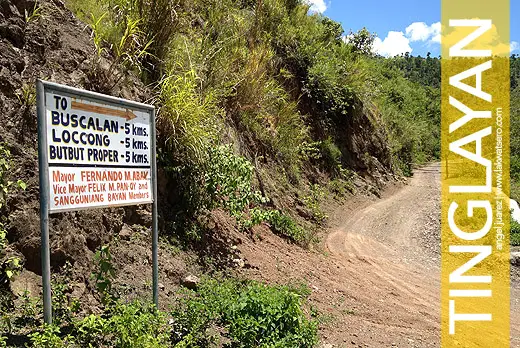
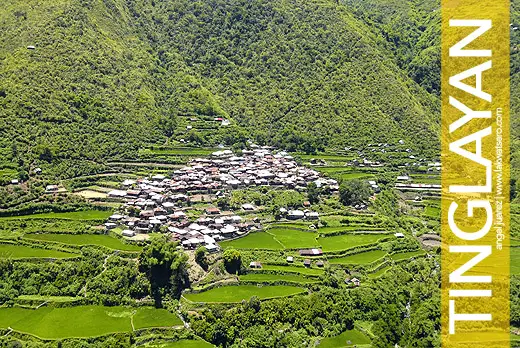
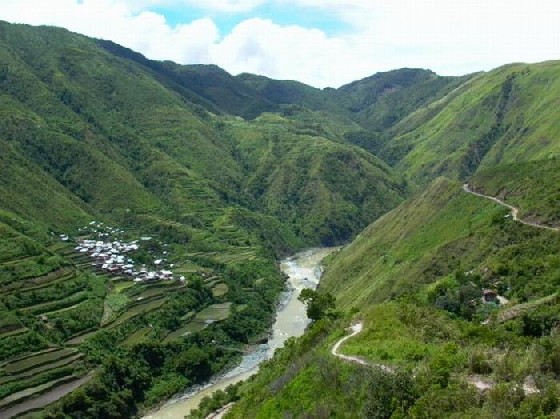

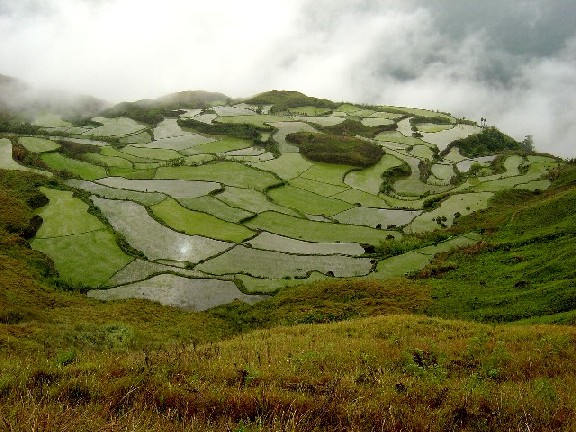

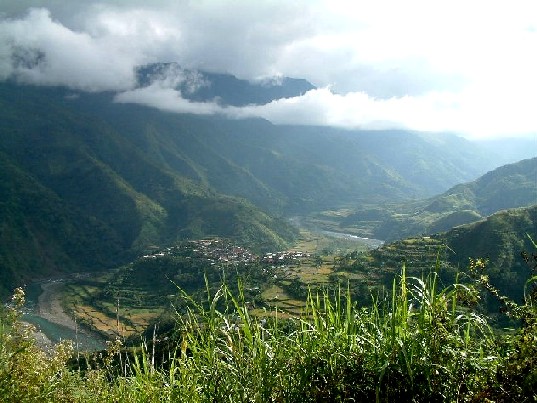


 Photo from: s4.zetaboards.com
Photo from: s4.zetaboards.com


